Tea bags
A tea bag is a small, porous sealed bag containing tea leaves and used with water for brewing the beverage called tea, or herbs or spices for brewing herbal teas (also known as "tisane"). Tea bags are commonly made of filter paper, silk or food grade plastic. The bag contains the tea leaves while the tea is steeped, making it easier to dispose of the leaves, and performs the same function as a tea infuser. Some tea bags have an attached piece of string with a paper label at the top that assists in removing the bag while also displaying the brand and/or variety of tea.
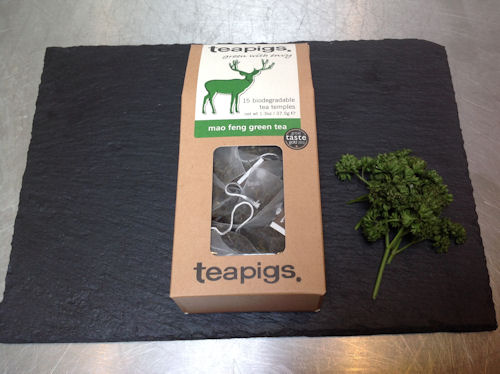
In countries where the use of loose tea leaves is more prevalent, the term tea bag is commonly used to describe paper or foil packaging for loose leaves. They are usually square or rectangular envelopes with the brand name, flavour and decorative patterns printed on them.
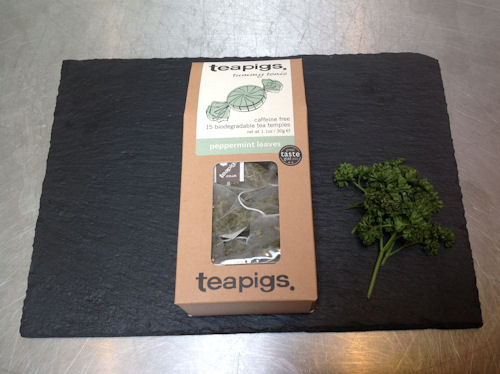
In China, during the Tang Dynasty (618–907), paper was folded and sewn into square bags to preserve the flavor of tea.
The first tea bags were hand-sewn fabric bags; tea bag patents date as early as 1903. First appearing commercially around 1904, tea bags were successfully marketed by the tea and coffee shop merchant Thomas Sullivan from New York, who shipped his tea bags around the world. The loose tea was intended to be removed from the sample bags by customers, but they found it easier to brew the tea with the tea still enclosed in the porous bags. Modern tea bags are usually made of paper fibre. The heat-sealed paper fiber tea bag was invented by William Hermanson, one of the founders of Technical Papers Corporation of Boston. Hermanson sold his patent to the Salada Tea Company in 1930.
The rectangular tea bag was not invented until 1944. Prior to this, tea bags resembled small sacks.
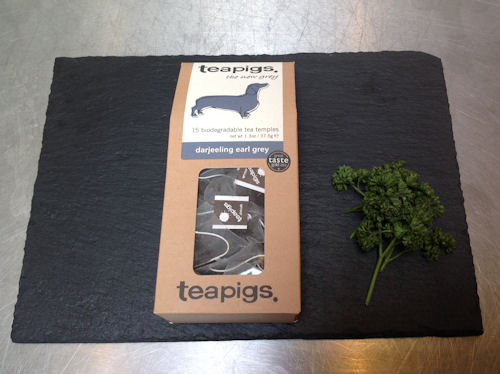
Teas:
A broad variety of teas as well as other infusions like herbal teas, are available in tea bags. Typically, tea bags use fannings, the left-overs after larger leaf pieces are gathered for sale as loose tea, but some companies sell teabags containing whole-leaf tea.
Filter paper:
Tea bag paper is related to paper found in milk and coffee filters and is a blend of wood and vegetable fibers. The vegetable fiber is bleached pulp abaca hemp, a plantation banana plant grown for its fiber, mostly in the Philippines and Colombia. Heat-sealed tea bag paper usually has a heat-sealable thermoplastic such as PVC or polypropylene as a component fiber on the inner tea bag surface.
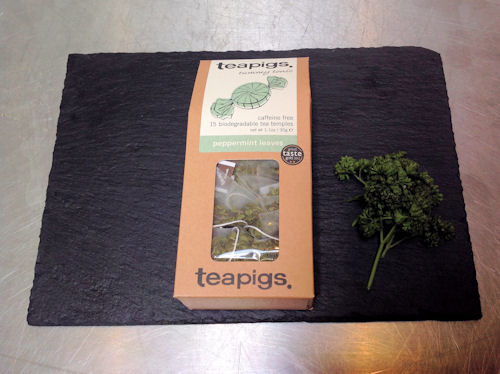
Traditionally, tea bags have been square or rectangular in shape. More recently circular and tetrahedral bags have come on the market and are often claimed by their manufacturers to improve the quality of the brew.
Empty tea bags are also available for consumers to fill with tea leaves themselves. These are typically open-ended pouches with long flaps. The pouch is filled with an appropriate quantity of leaf tea and the flap is closed into the pouch to retain the tea. Such tea bags combine the ease of use of a commercially-produced tea bag with the wider tea choice and better quality control of loose leaf tea.
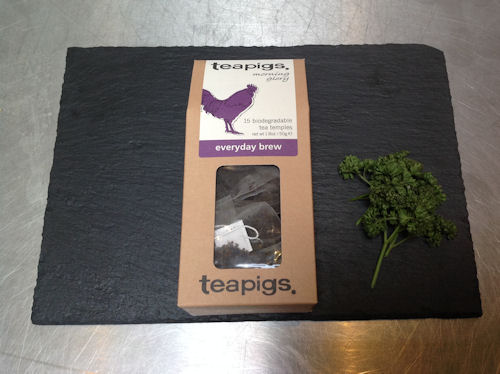
Because of the convenience of tea bags, a wide variety of herbs can be purchased as "tea bag cut", a grade which is specified in terms of particle size, typically with the bulk of the leaves around 1–1.5 mm.
The nylon tetrahedral tea bag containing larger tea leaf fragments made an appearance in the marketplace for aficionados. The tetrahedral shape allows more room for the leaf to steep. Environmentalists prefer silk to nylon because of health and biodegradability issues. Another material for tea bags is Soilon, made from corn starch.






